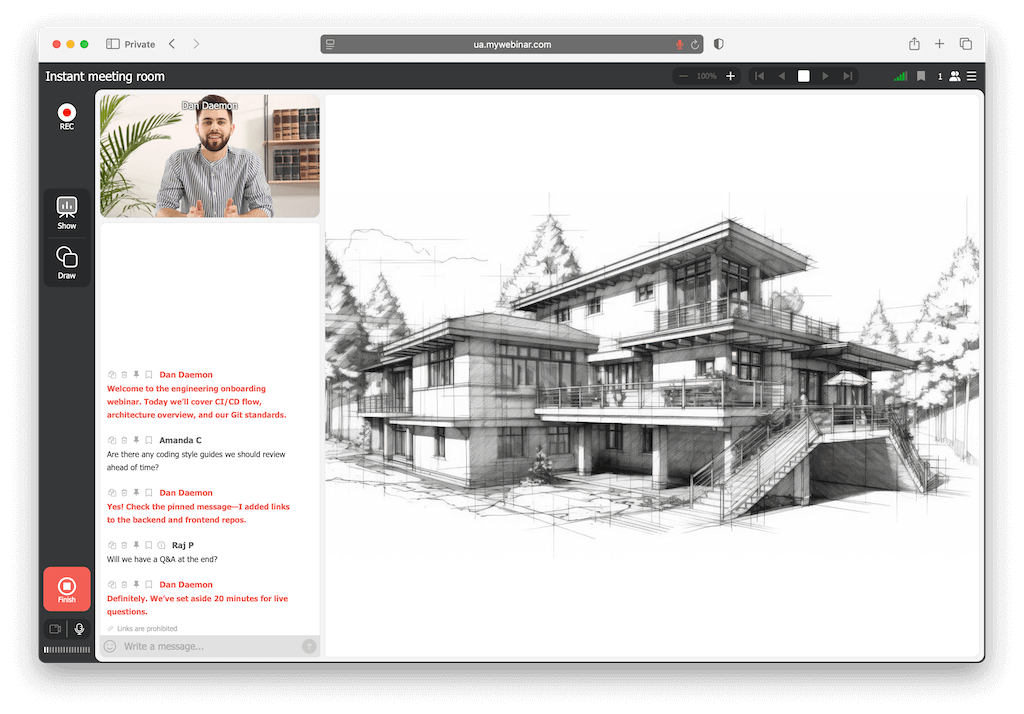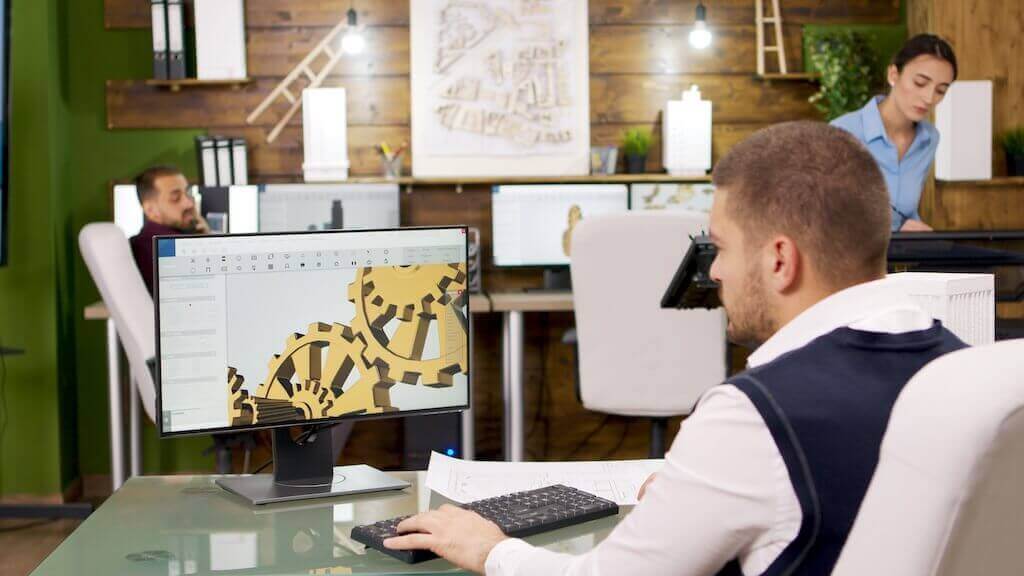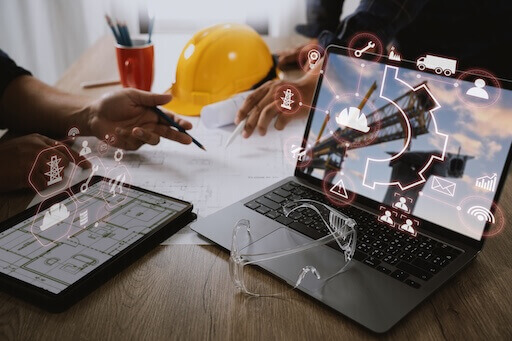
Engineering work involves high complexity, constant innovation, and the need for precise communication. Hosting webinars allows your organization to train teams on CAD platforms, explain iterative changes in the product lifecycle, or introduce real-time monitoring in IoT projects. Webinars help align teams working across time zones and departments. Hosts can deliver targeted knowledge updates, rollout technical SOPs, and respond to engineering challenges without relying on long meetings or bulky documentation. Technical leads can record walkthroughs of system blueprints, demonstrate CAD modeling workflows, or show how an IoT network evolves across phases. This format not only saves time but ensures consistency in how information is disseminated across teams

Webinars enhance internal knowledge sharing, reduce onboarding costs, and create repeatable, visual documentation for engineering workflows and product processes

Host detailed CAD walkthroughs, explain product lifecycles, or showcase your IoT architecture with ease. From remote onboarding to team-wide training, our platform helps you deliver high-impact webinars tailored for engineers. Get started today and streamline your knowledge-sharing process
Proudly crafted and hosted in the EU since 2013